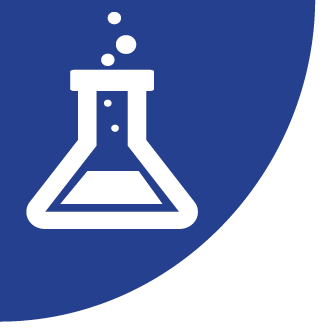NEWSWATCH
CHEMICAL AND MATERIAL HAZARDS

EPA Plans to Reduce Exposure to Five Chemicals
EPA announced that it will act to reduce exposures to five persistent, bioaccumulative, and toxic (PBT) chemicals, including decabromodiphenyl ether (decaBDE); hexachlorobutadiene (HCBD); pentachlorothio-phenol (PCTP); tris (4-isopropylphenyl) phosphate; and 2,4,6-tris(tert-butyl)phenol. New requirements in the Frank R. Lautenberg Chemical Safety for the 21st Century Act, which finalized reform of the 1976 Toxic Substances Control Act (TSCA) in June, direct EPA to expedite action to reduce exposures for certain PBT chemicals, “rather than spend more time evaluating them,” according to EPA’s assistant administrator in the agency’s Office of Chemical Safety and Pollution Prevention.
DecaBDE is used as a flame retardant in textiles, plastics, and polyurethane foam, and tris (4-isopropylphenyl) phosphate is used as a flame retardant in consumer products. HCBD is used in the manufacture of rubber compounds and lubricants and as a solvent, and PCTP is used as an agent to make rubber more pliable in industrial uses. EPA notes that 2,4,6-tris(tert-butyl)phenol is used as a fuel, oil, gasoline, or lubricant additive.
Under the new law, manufacturers had until Sept. 19, 2016, to request that EPA conduct risk evaluations for PBT chemicals on the agency’s 2014 Work Plan as an alternative to this expedited action. EPA received requests for risk evaluations for two other chemicals used in fragrance mixtures. According to the agency’s press release, EPA must take expedited actions to reduce exposures to the remaining PBT chemicals “to the extent practicable.” Once the agency has identified where the chemicals are used and how people are exposed, EPA will move directly to propose limitations on the chemicals’ use.
Read the agency’s
press release
. For more information, see EPA’s Q&A on PBT chemicals
.
thesynergist | TOC | NEWSWATCH | DEPARTMENTS | COMMUNITY

